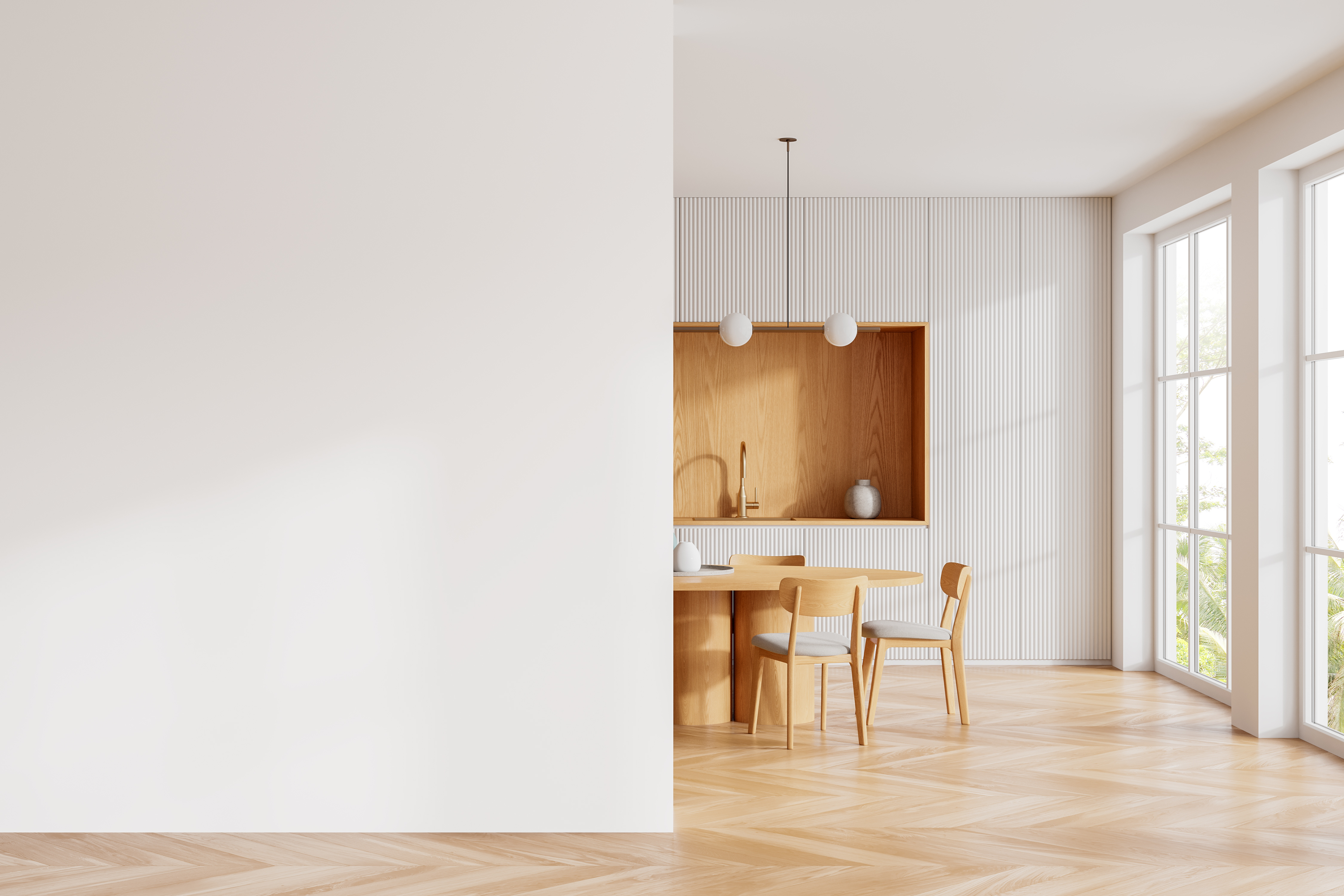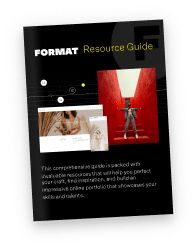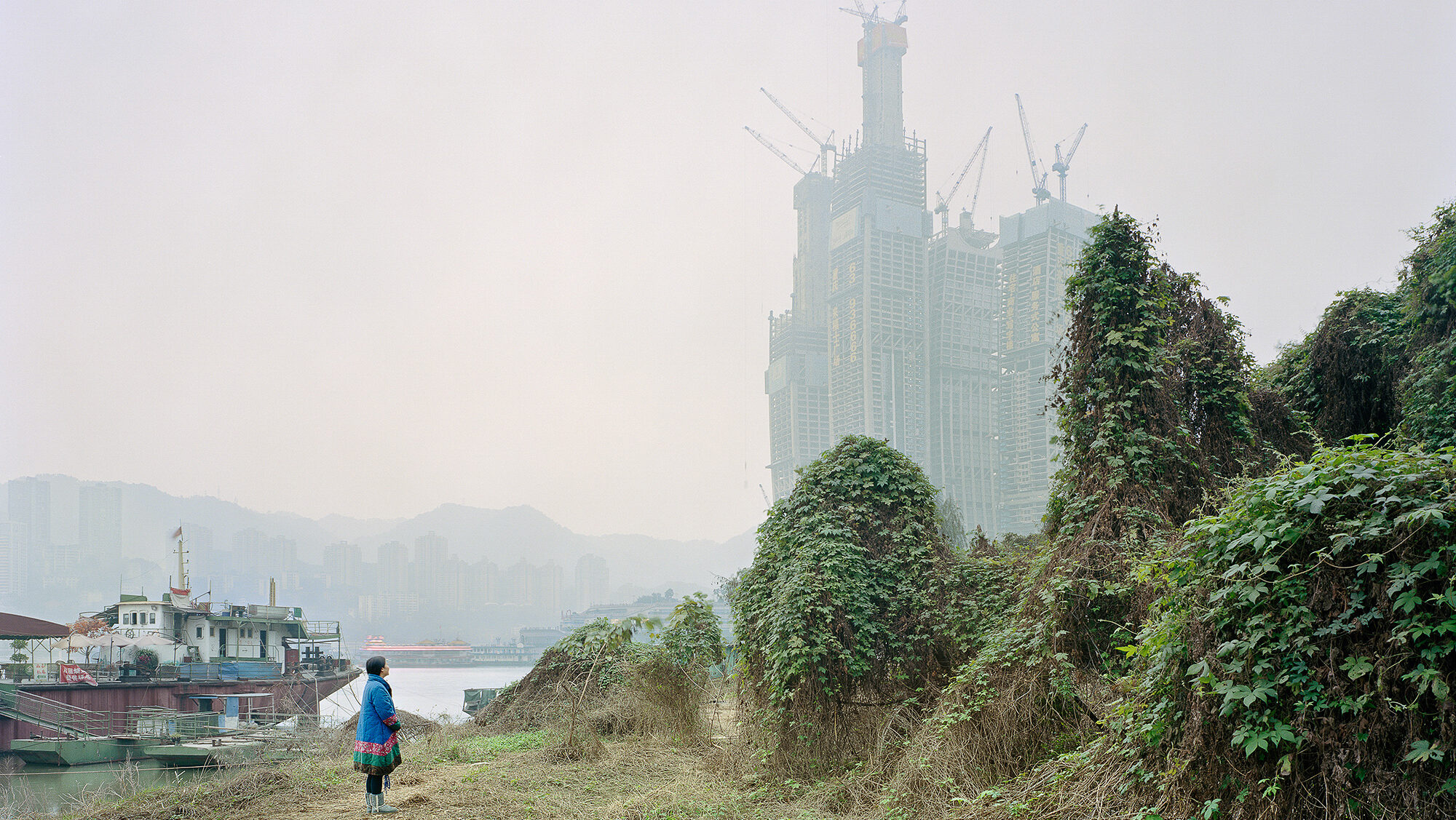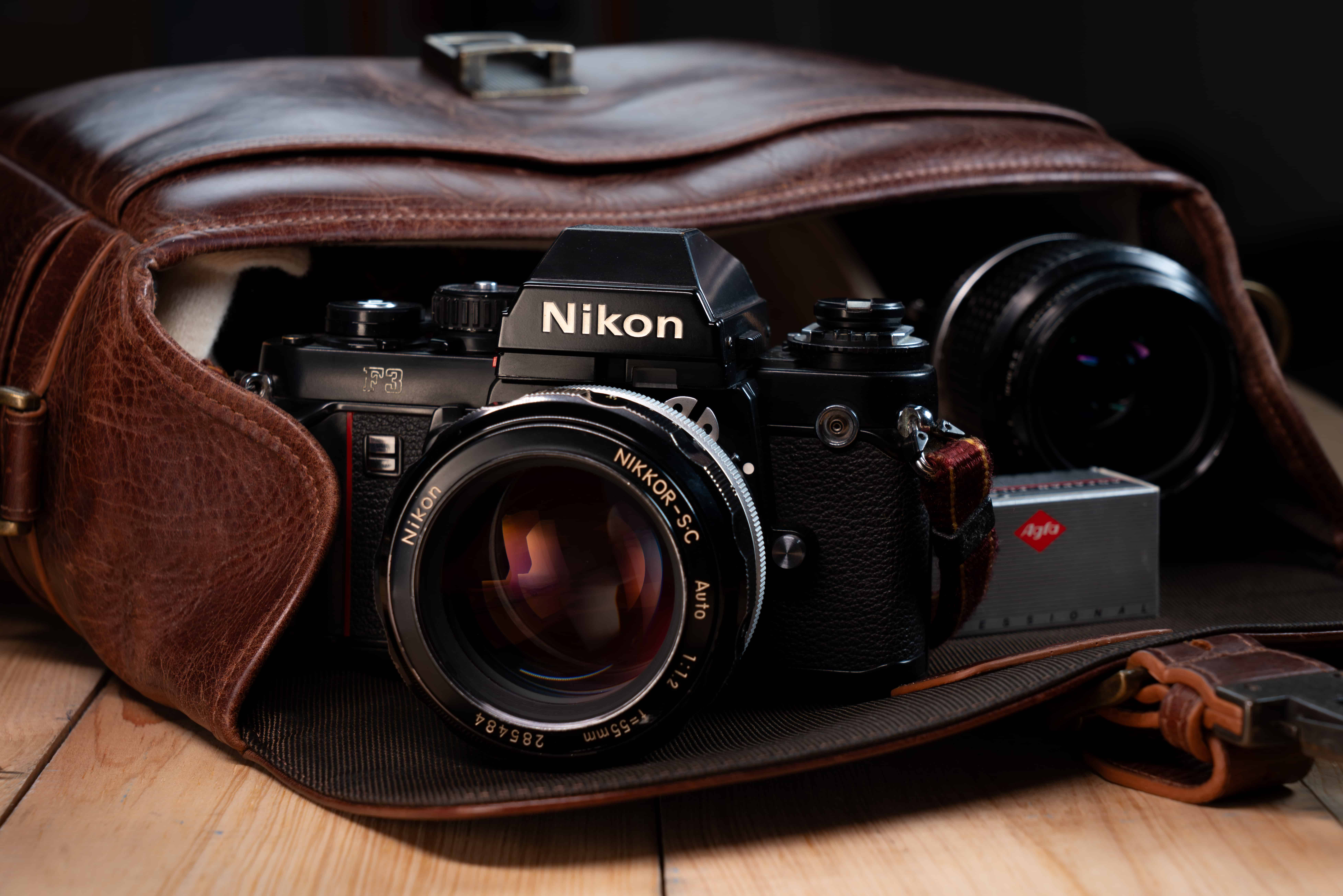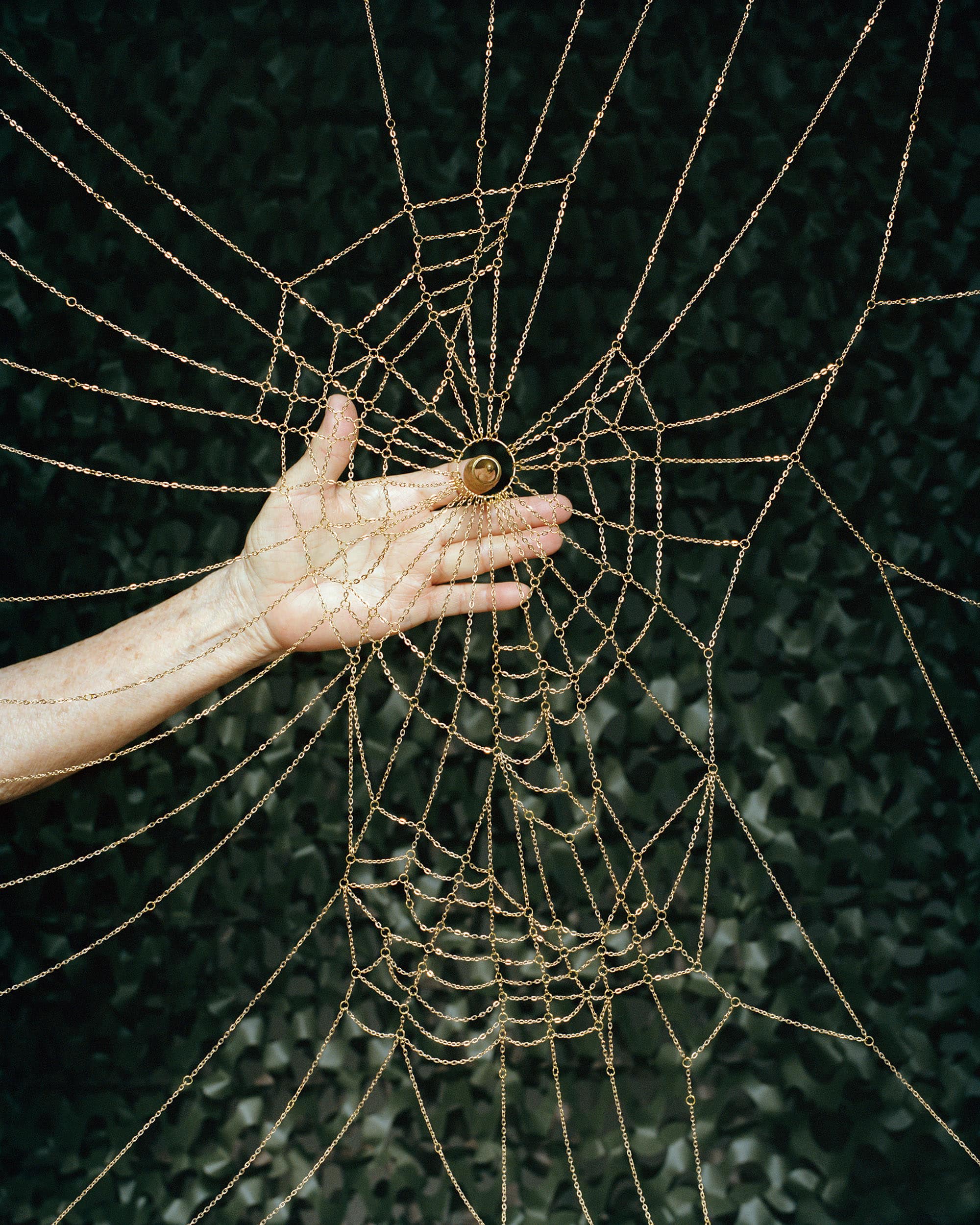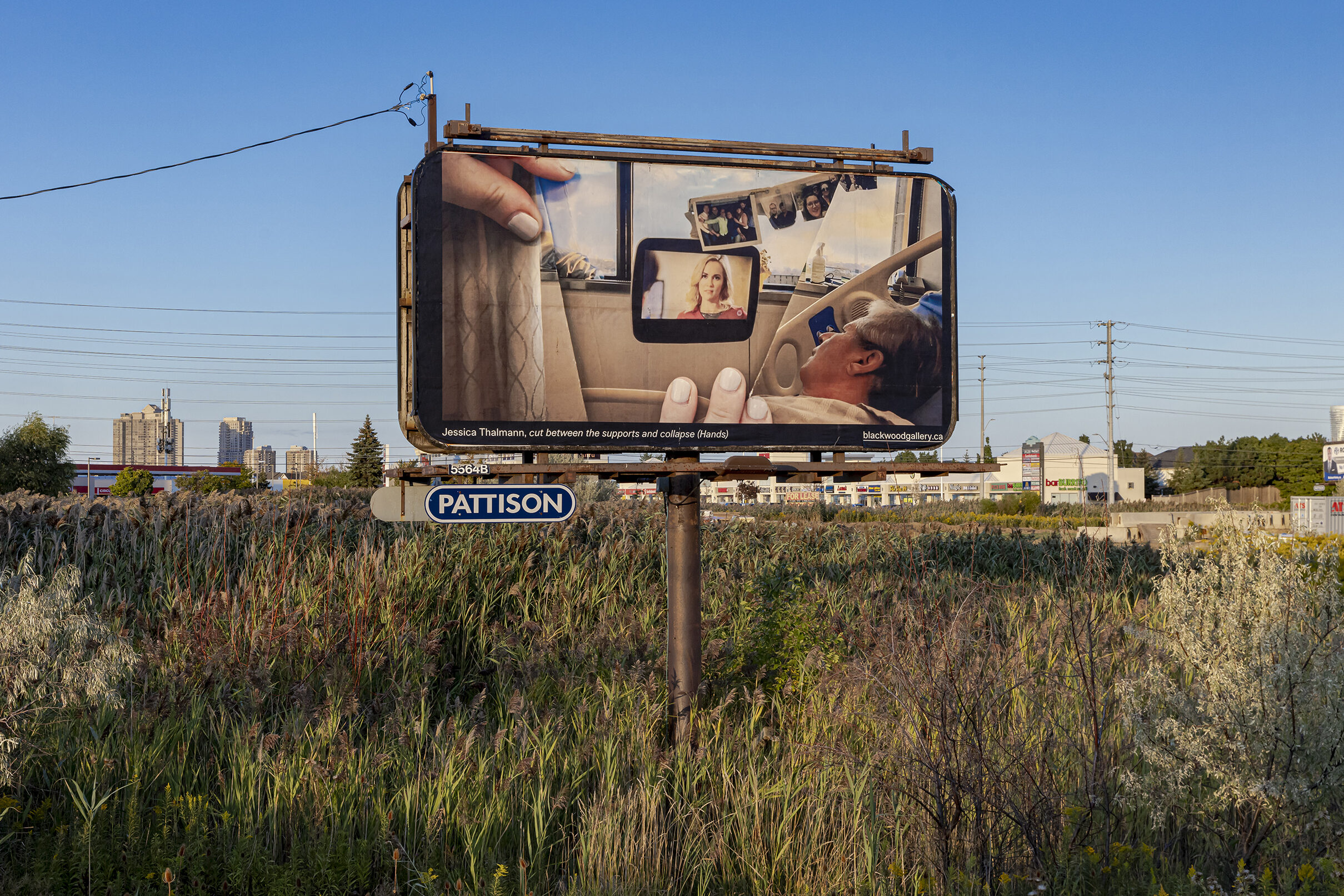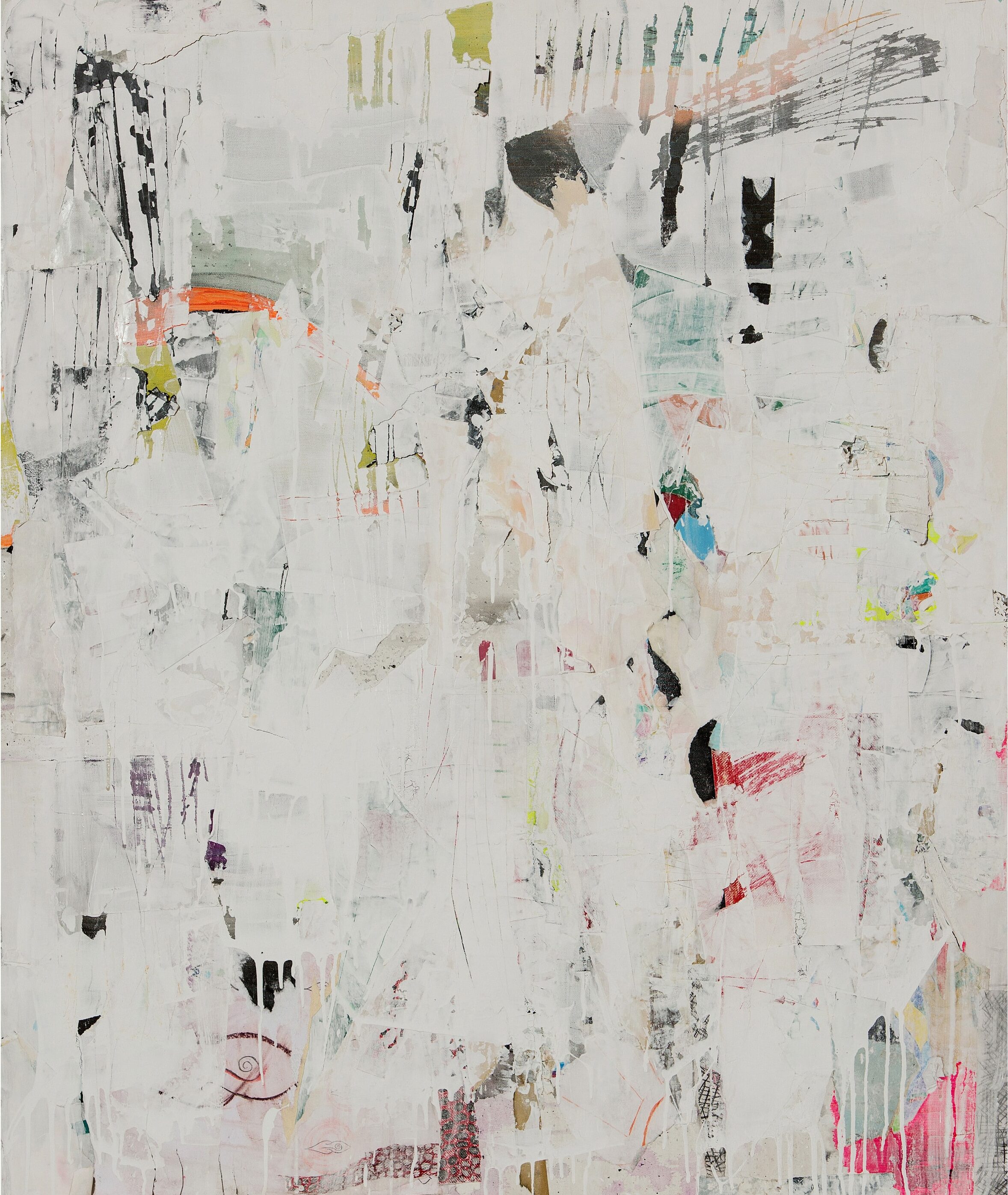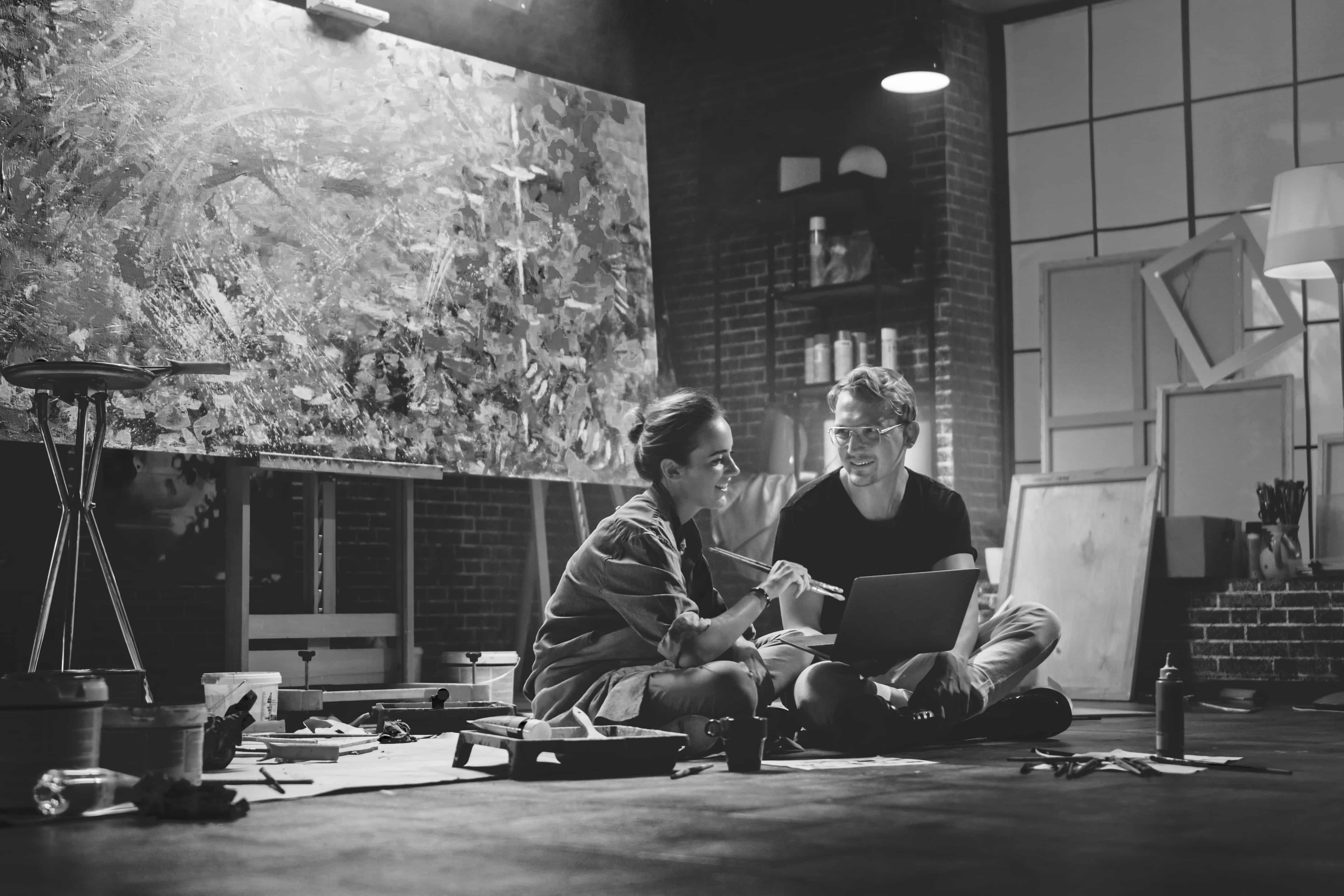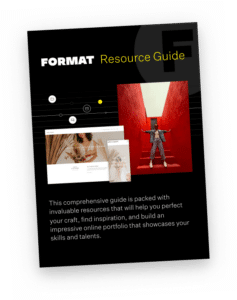Whether you’re an experienced photographer looking to expand your skillset or a beginner exploring new possibilities, this guide will provide a crash course on the tools you need, and how to set your pricing. Additionally, we’ll cover important topics like drone photography and the best practices for capturing stunning real estate shots.
Get started and launch your successful real estate photography business!
What Does Real Estate Photography Involve?
Real estate photography involves more than you might think. When you’re contemplating how to start a real estate photography business, you have to be prepared to wear many hats as you will spend additional time and resources on things like house staging, photo editing, marketing, sales, and admin work.

Deliverables:
If you’re used to taking your time when editing images, know that you won’t have that luxury when shooting properties.
Realtors usually need a quick turnaround time on photos, most commonly with deadlines of 24 to 48 hours. You would be working alongside real estate agents or firms, photographing homes or commercial real estate for online listings.
You may want to consider adding real estate stock photography to your toolkit as well.
By making your real estate photos available online through resources like Shutterstock or Adobe Stock, you can add an additional income source that is entirely passive, meaning less work for you in the long run.
How Do Real Estate Photographers Price Their Work?
When setting your pricing, make sure to consider the work you’ll put in outside of the photography itself, like preparation, travel, and associated fees, as well as the amount of time it will take you to edit the photos. Of course, suppose you don’t already have all the necessary equipment for real estate photography. In that case, you’ll also need to factor in those expenses–like a wide-angle lens.
For more advanced work, with a lot of editing or details, don’t underestimate the amount of time a particular job might take you. You may be asked to make significant changes that can eat into your time and your profits. You should also consider setting a higher rate for super-fast turnaround times.
At this point, you might think, “is real estate photography a good business?”
The answer will depend on a number of factors, including your working style. You have to be willing to put yourself out there to find new business opportunities and be flexible on your turnaround times.
Rates will also vary depending on where you live—unfortunately, a small-town real estate photographer just won’t be able to charge as much as one in a big city.
Real estate photography rates will also vary depending on where you live—unfortunately, a small-town real estate photographer just won’t be able to charge as much as someone doing real estate photography in a big city.
Always make sure you’re valuing your work by paying yourself a fair wage, regardless of where you’re located, your skills, and the equipment you’re using.
What Kind of Pricing Guidelines Should I Follow for Real Estate Photography?
If you’re new to photography, start by researching the basics of pricing your photography.
You can also ask your local photography community (MeetUp, Facebook Groups, etc.,) to ask how much a real estate photographer earns specific to your area. This can give you a good starting point and give you an idea as to whether it can be sustainable, or lucrative. As professional photographers, you have to consider the expense of all of your business resources: camera equipment, insurance for your camera equipment, editing software, your experience (courses, schooling–even if you’re not in school anymore, you might have student debt to repay), consider also your transportation–usually essential to this niche, and, finally, marketing.
Like any creative business, real estate photography rates will differ based on location and experience, but here are some basic tips you can follow.
Set Different Real Estate Photography Rates For Different Sized Homes
The larger the house, the more rooms, and features you’ll need to capture and edit. It only makes sense that you charge based on the property you’re shooting.
You might charge under $300 for homes 3,000 square feet and under and over $400 for 3,000 square feet and up.
Adjust Your Pricing Based on Time of Day
Sometimes it’s difficult to coordinate shooting times with the homeowners and the estate agent, which means you might be given unconventional hours to shoot, or sometimes there are qualities about a property that are accentuated in specific light–think sunset.
Shooting high-quality real estate images at sunset or in the dark will involve more equipment and editing than daytime shoots, so get all the details before you provide your client with your final rate.
Higher-End Listings Mean Higher Rates

Suppose you’re photographing a home that will be listed at upwards of $1 million. In that case, your pricing should reflect that figure—your rates could jump from around the $300 mark to closer to $600, depending on the value of the listing.
Here are some photography pricing tips:
- Set based on square footage, using a pricing formula of around nine cents per square foot.
- If you do drone photography, you can charge more than regular photos, with one minute of professional video costing anywhere from $200 to $400.
- Video tours of home interiors and individual rooms should cost upwards of $1,000. When you set your pricing, base them on deliverables (i.e., 25 high-quality images, one minute of drone video) rather than an hourly wage, and work the time your efforts will take you into your pricing formula.
What Makes a Good Image of Real Estate?
The role of your photos is to sell homes, highlighting the property’s best features. When it comes to home photography, certain beginner’s mistakes can easily be avoided using these tips.
Always Use a Wide-Angle Lens
Have you ever noticed that quality real estate photography can make even the tiniest of rooms look spacious? Well, the trick to that is a wide-angle lens. A wide-angle lens has a short focal length and allows for more of the scene to be included in the image, enhancing the perspective.
Emphasize the Room’s Best Features

Every room will have one key feature you can focus on, whether it’s a beautiful picture window or a rustic fireplace. What separates professional real estate photography from “amateur hour” is to hone in on what makes each room special and emphasize that to the viewer.
Avoid Bad Weather and Lighting
Yes, it can be inconvenient working around mother nature’s unpredictable schedule, but if it’s super-foggy or muddy out, your photos may not end up looking as great as you hoped.
If you’re skilled in photo editing, you may be able to account for unforeseen weather forecasts, and you can turn cloudy skies into beautiful sunsets. As a skilled editor, this should also reflect in your pricing.
Take Advantage of New Technology
If you want your business to stand out, drone photography can be a great option for you. Keep reading for more information on using camera drones to bring your real estate photography to a whole other level.
What is the Best Lens for Real Estate Photography?
If you’re new to photography, read up on the basics before buying your photography equipment. You’re probably wondering: what is the best lens for this kind of work? For starters, it’s all about that wide-angle lens; to get those super-wide real estate images that we’re so used to seeing, your lens should be in the range of 10-24mm.

While wide-angle is great for capturing the extent of the space and making a room look bigger than it is, you want to stay away from fisheye lenses as they add too much distortion and look unnatural.
You will be shooting interiors and exteriors of properties, so choose a camera setup that works with both. With that in mind, let’s take a look at some options for the best lens for real estate photography.
Best Lenses for Real Estate Photography
This Nikon lens can shoot at 16mm for interiors and go up to 35mm for exteriors.
- Canon EF 17-40mm f/4L USM
The ultra-wide-angle lens and range of focal length from 17-40mm make this one of the best, most versatile lenses.
This lens is made for Canon cameras, and with zero distortion and fast focusing, it’s an ideal lens.
This is an ultra-wide tilt-shift lens, which allows for the minute corrections to perspective that can make your images really stand out.
If you’re a photographer who loves in-depth gear information, this lens comparison from Nathan Cool Photo is for you.
What Does Real Estate Drone Photography Entail?
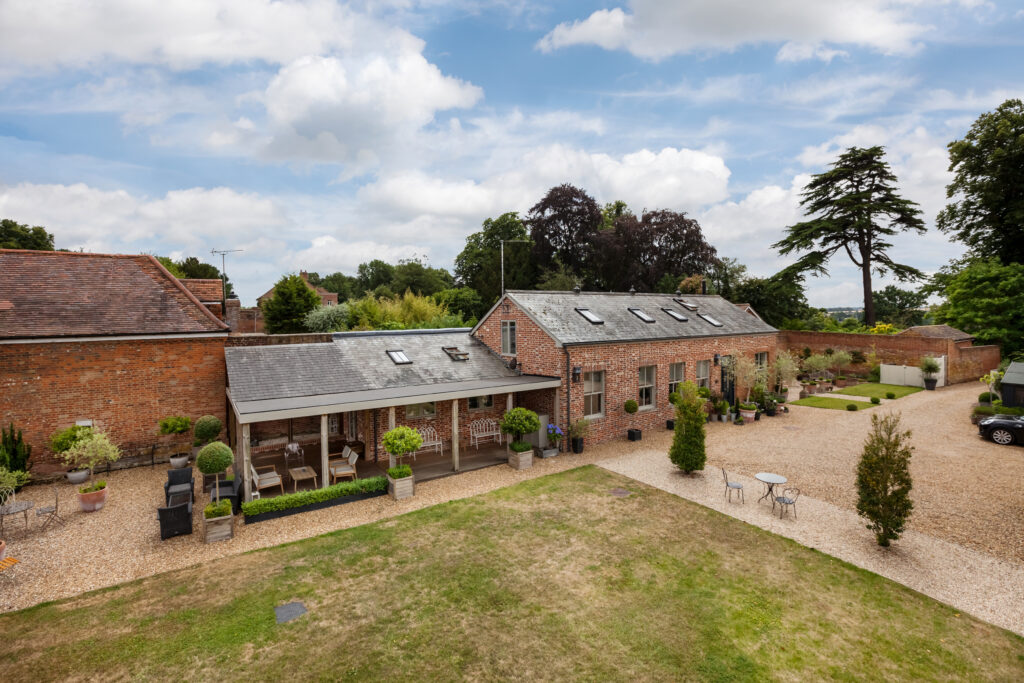
In addition to photos, video can be an extremely lucrative option when pursuing a career as a real estate photographer.
Dramatic, eye-catching visuals can be created using a drone, which can help a property stand out from the pack online. Camera drones can be great for creating a virtual tour, moving through each room of a property so an online viewer can experience the space.
Drones can also create sweeping landscape shots and showcase a large property, but they won’t take the place of your DSLR camera—when it comes to interior shots, your best bet is still traditional photography.
If you’re interested in adding drone photography to your repertoire, be aware they can be pricey, generally starting at about $1000 and going up from there.

Other than the cost of equipment, there are other factors that prevent people from becoming drone operators. To legally fly drones in the United States, you must first obtain an operator’s license. You need to spend some time learning how to use the drone before trying to fly it yourself. It’s a good idea to learn from an experienced operator.
- Drones will take longer to set up than traditional cameras and require more equipment. You need to be ready for long video segments and then cut them into shorter clips in post-production. To produce high-quality videos, you’ll require a three-axis gimbal for holding your camera steady as your drone moves around. It gives you more control over your filming by allowing you to zoom and pan your shots.
- Be prepared for the weather conditions to change throughout the day. Make sure to take multiple shots of each perspective so that you don’t miss any potential views. If you want to take good photos of the property, you should aim for a calm day when there aren’t any strong winds.
- You should always be able to preprogram your drone before flying so that you don’t have to make any last-minute adjustments midflight. Make sure you’re careful when flying near things like wires and trees because they could damage your drone and cost you a lot of money if something goes wrong.
Along with a general property photography contract, you’ll need a specific drone-operating contract since there are additional legal requirements for drone operators.
Real Estate Photography Tips
If you’re wondering how to take pictures that impress estate agents and homebuyers, we’ve got you covered in that department too. Here’s a comprehensive list of tips to make your first few sessions as a real estate photographer go smoothly.
Create A Standard Shot List
Establishing a list of the photographs you’ll need for the home will save time when you’re on location and help you cover all the assets you’ll deliver to your client.
Here’s an example of the shots that you may include in your shot list:
- Front exterior (at multiple angles and distances)
- Wide-angle shots of the bedrooms, family room, kitchen, and den
- Shots of feature rooms (laundry, pantry, garage, basement)
- Backyard/deck photos
Of course, every home will have its unique features, so ironing the required shots ahead of time with your clients will help speed your working process when it comes time to shoot and provides a seamless client experience working with you.

Walk Through The Home
When you arrive on site, get a feel for the space you’re working with before picking up your camera to shoot. You can take mental notes of the lighting, angles, and stand-out features of the homes you’d like to feature in your photographs.
If the homeowners are there, you can also ask if they can move objects, furniture, or declutter areas that may become a distraction in the image. The less editing work to remove clutter or other imperfections in the image, the better for your overall workflow.
Flash Photography in Real Estate
Often, you don’t have control over when you arrive at the shoot, and there’s no telling what kind of natural lighting the home has.
Flash may be required to get the rooms in the house looking their best. The problem is those flash units on a camera can create harsh lighting and shadows, which means you’ll have a lot of work post-production to even out the vignetting (dark edges of the photo and a bright center).
We recommend you use a flashgun rather than your camera’s standard pop-up flash so that you can move around its position. Try turning the flash on the camera so that it’s facing a wall to reflect light. Having the light bounce off the walls will create softer light for a more even look.
Correct Distortion
Lens distortion is an important factor to account for when doing any type of photography. When it comes to real estate photography, where your subjects are rooms with very crisp, angular lines, you may want to correct the lens distortion to fix bent or unnatural lines and curves.
Luckily, programs like Adobe Lightroom make it easy to correct lens distortion in a matter of clicks. To minimize how many adjustments you need to make when editing, make sure you’re shooting your rooms straight on—use a tripod and your camera’s leveling meter if you have to.
Our tutorial on the 7 Essential Editing Basics will get you started with post-production on your images.
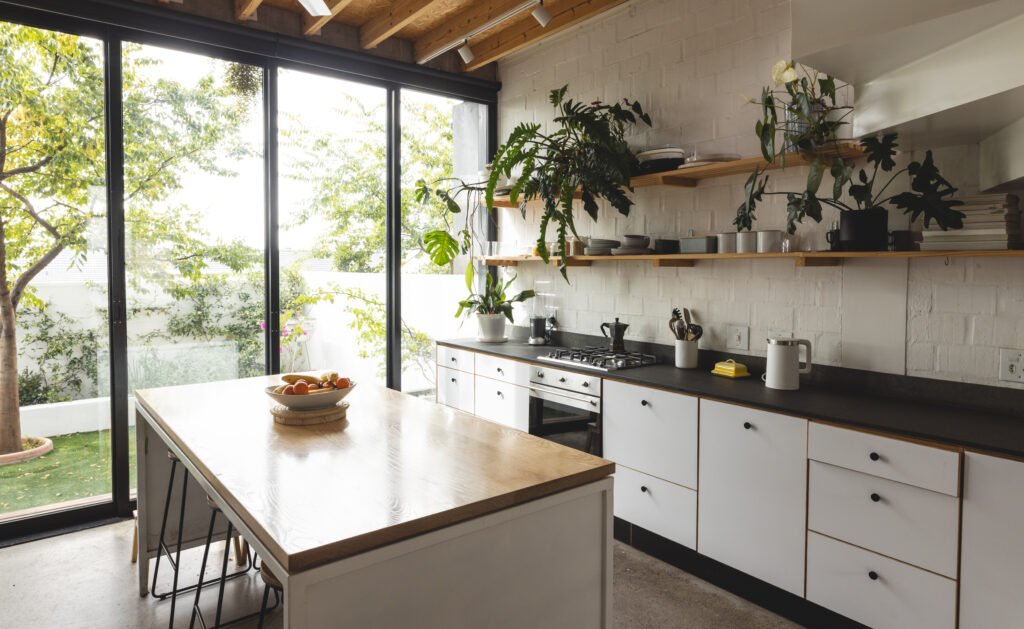
The Client Review Process
Being a good real estate photographer is more than capturing images of beautiful spaces. You’ve got to manage your clients’ expectations too.
Once you’ve got the shots, it’s a good idea to review the photos with the real estate agent while you’re on-site to avoid any unhappy clients and having to revisit the property for missed shots.
You can count out the images from your setlist to ensure you’ve gotten the complete list of promised shots and that all looks good in the viewfinder before leaving the property.
As the hired creative professional, you can’t assume that everyone understands your process or the photos you’ve taken. Make this time the opportunity to explain why you like the particular shots and what they can expect them to look like after you’re done editing them.
Potential Clients
Think outside of the real estate sale listings. With short-term home rental apps like Airbnb, Vrbo, and Kindred, there are many opportunities for real estate and interior photography that can provide longer-term contracts, as some renters own several properties. Hotel, retail, restaurant, and other businesses also look for enticing interior and exterior images to drive business.
Where Can You Learn Real Estate Photography?
If still you’re wondering “how do I become a real estate photographer?”
Know that there isn’t a single starting point, some photographers move into this field, and some real estate enthusiasts work their way backward.
There are plenty of photography courses available online through platforms like Udemy or Coursera that help you understand the basics of technique and business practices for real estate photography.
Additionally, seeking out online photography groups to learn from colleagues and get practice is an excellent way to get real-life experience and practice with your camera and equipment. Look for Facebook or Meetup groups to connect with and learn from other photographers in your area.
What Kind of Background Do You Need to Run a Professional Real Estate Photography Business?
You don’t need to come from a particular background to become successful in this business, but having experience as a photographer and freelancer helps.
Running a real estate photography business is much more than just taking professional real estate photos. You’re solving a problem for real estate agents, and they’re going to you for professional expertise as well as your deliverable photographs.
You’ll also need to set up an invoicing system, photography contracts and spend time and effort looking for new freelance clients. A big part of working as a real estate photographer is also developing a social media strategy to get your work seen.
How Do I Promote My Real Estate Photography Business?
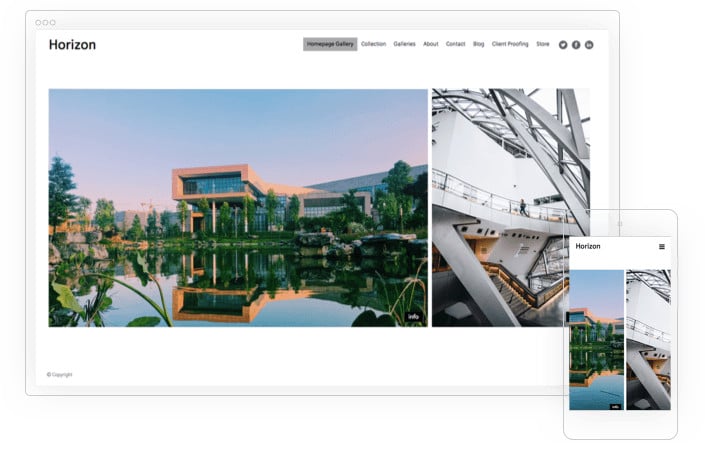
The #1 way to promote your real estate photography business is to set up an amazing online photography portfolio. This way, prospective clients can see all your images and/or video in one place—along with your pricing page.
A portfolio website as a photographer is a valuable tool for demonstrating your credibility and professionalism.
On top of this, a well-built website can also serve as a marketing tool that finds you new clients. Search engine optimization (SEO) is a key component in helping to increase your web page’s visibility when users conduct searches for local real estate photography services.
Don’t have one yet? No worries—just use a website builder to create one in minutes.
Make sure to pick an online portfolio website that offers beautiful templates so your real estate photography website will make a strong, stylish impression. Another great feature to keep an eye out for? A built-in online store, so clients can purchase your photography packages immediately.
Congratulations—you now have all the information you need to start your very own real estate photography business! Soon, you’ll be right at home in the real estate photography world and landing your dream clients.
Want more tips on making money with photography?
How to Start a Successful Photography Business
10 Ways to Promote Your Portrait Photography Business
The Ultimate Photography Hashtag Cheat Sheet
